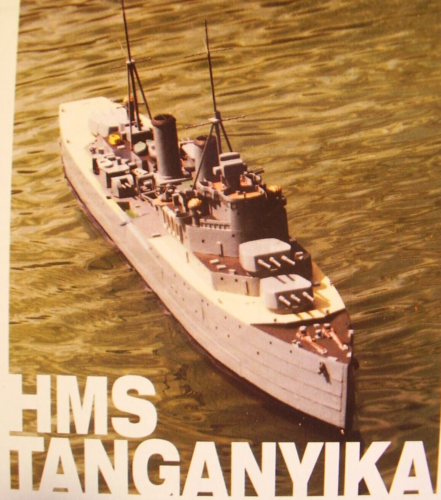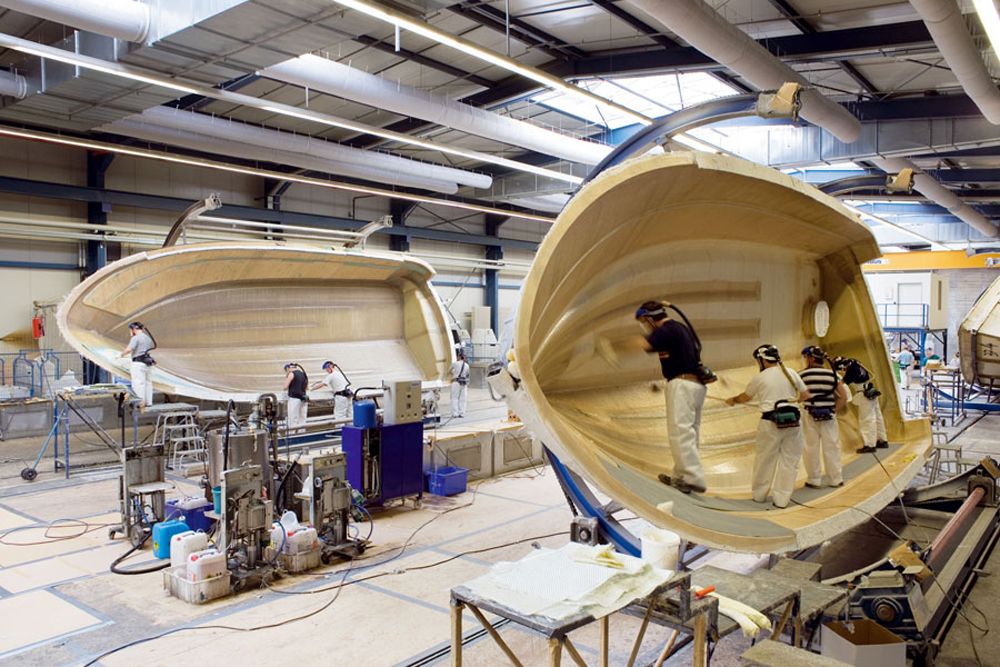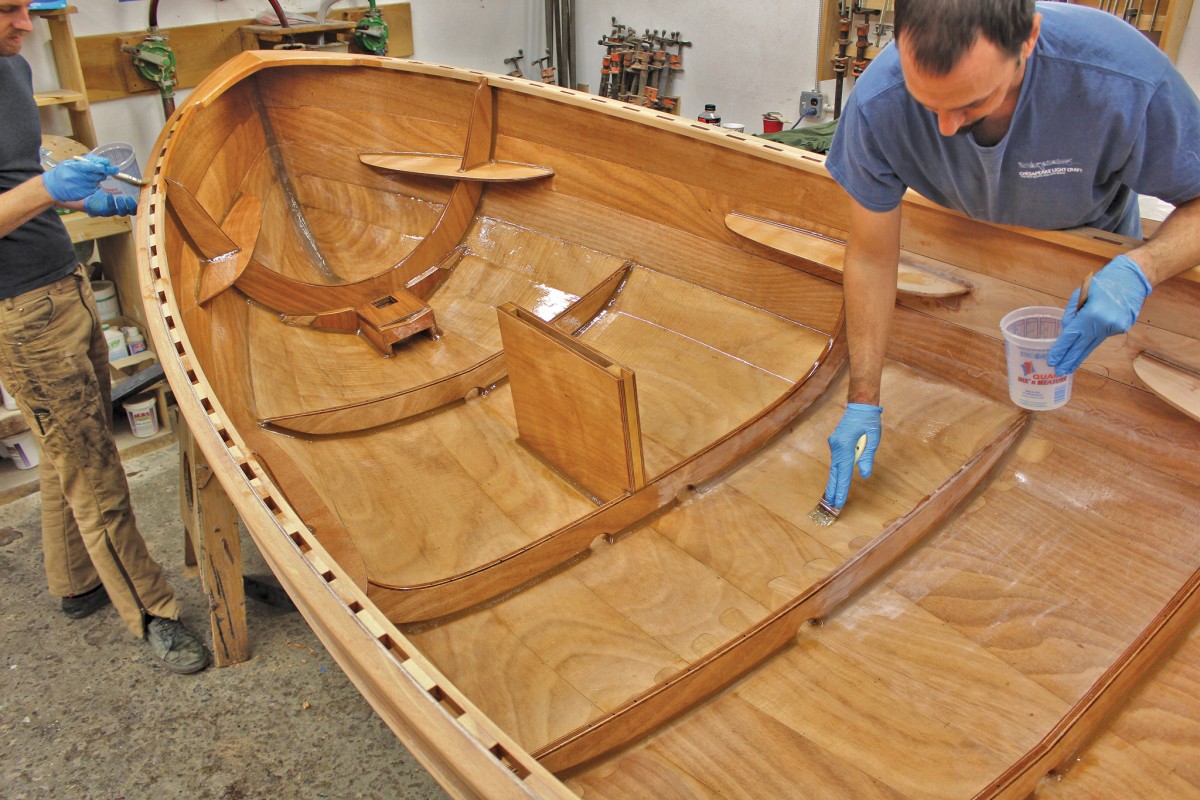
Beyond the Plans: Unconventional Approaches to Wooden Boatbuilding
Building a wooden boat is a timeless pursuit, blending artistry and engineering. While countless books detail the "how-to," "How to Build a Wooden Boat That Is Both Beautiful and Functional" (let's call it "the book") offers a solid foundation. However, this review explores less-trodden paths, focusing on unconventional perspectives and innovative solutions rarely discussed in standard boatbuilding literature.
The Unsung Hero: Material Selection Beyond the Usual Suspects
The book rightly emphasizes the importance of wood selection. But what about exploring less common, yet equally viable, materials? This is where we venture beyond the typical mahogany and cedar.
Q: Can reclaimed wood offer unique advantages?
A: Absolutely! Reclaimed wood, like old barn timbers or railway sleepers (after proper treatment), offers a unique character and sustainability angle. Studies by organizations like the Forest Stewardship Council (FSC) highlight the environmental benefits of using reclaimed materials. The inherent weathering and variations in color can result in stunning, one-of-a-kind boats. However, thorough inspection for rot and structural soundness is critical before use. Remember, reclaimed wood may require specialized treatments to prevent further degradation.
Q: What about exploring composite materials?
A: Combining traditional woodworking techniques with modern composites opens exciting possibilities. Imagine a hull built with a lightweight, high-strength core (like foam) clad in beautifully crafted wooden strips. This approach offers increased strength-to-weight ratio, while retaining the aesthetic appeal of wood. The book doesn't delve into such hybrid approaches, which are gaining popularity in high-performance boatbuilding. Research in this area is actively ongoing; publications from the Society of Naval Architects and Marine Engineers (SNAME) provide valuable insights.
Beyond the Blueprint: Embracing Imperfection and Personalization
The book emphasizes meticulous adherence to plans. But what about the joy of improvisation and personal expression?
Q: How can I inject my own design flair into a traditional design?
A: Consider subtle modifications. Perhaps a unique curve in the transom, custom-designed oarlocks, or an unconventional paint scheme. Think of it as a conversation between the original design and your individual vision. This approach promotes creativity and results in a truly unique vessel. Documentation is key, however â€" sketch your modifications meticulously.
Q: Can embracing imperfections lead to a more authentic, characterful boat?
A: Absolutely. Instead of striving for flawless uniformity, consider highlighting the natural variations in the wood. Small knots or color variations can add character and tell the story of the boat's unique creation. This philosophy shifts the focus from industrial perfection to handcrafted authenticity. Think of the wabi-sabi aesthetic, embracing the beauty of imperfection.
The Untold Story: Learning from Others’ Mistakes (and Successes)
The book presents a linear path to boatbuilding. But learning from others' experiencesâ€"both triumphs and failuresâ€"is invaluable.
Real Story: I once met a seasoned boatbuilder who shared his experience of using untreated wood, leading to significant rot and the need for extensive repairs. His story became a valuable lesson on the importance of proper wood treatment. Online forums and local boatbuilding clubs are invaluable resources for sharing such experiences. The WoodenBoat magazine, for example, often features articles detailing both successful builds and lessons learned from failures.
By venturing beyond the conventional approaches outlined in "How to Build a Wooden Boat," aspiring boatbuilders can unlock a new level of creativity, sustainability, and personal satisfaction. The true beauty of boatbuilding lies not just in the finished product, but in the journey of exploration and self-discovery.













